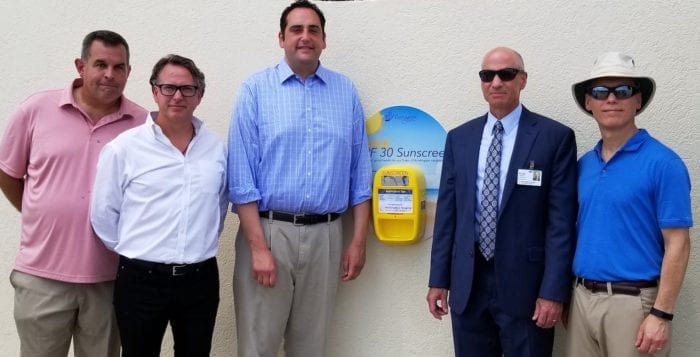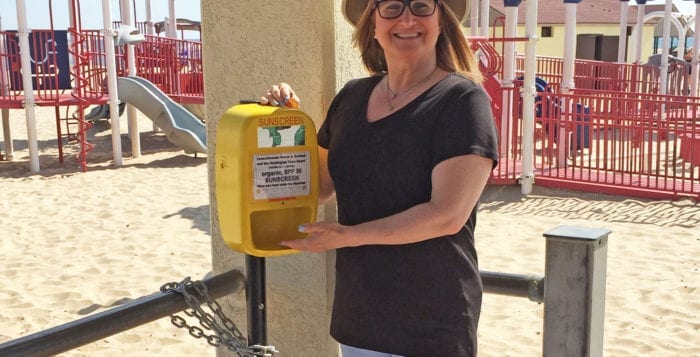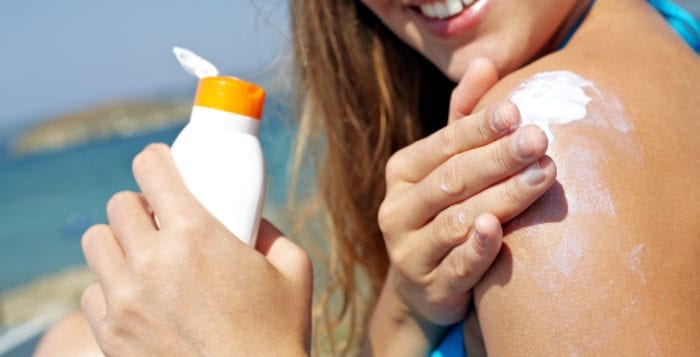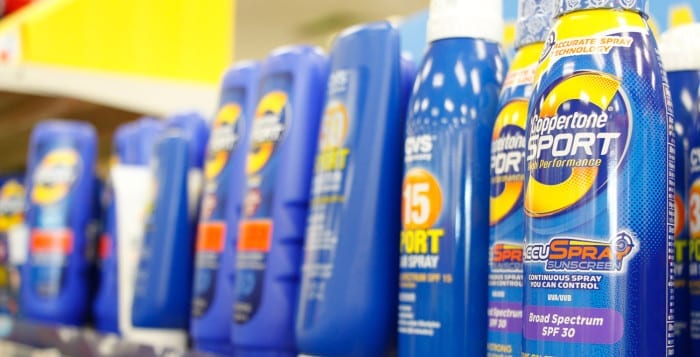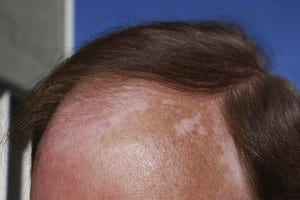Town of Huntington officials are taking steps to make sure residents can more safely have fun in the sun — without a cost to the town.
Huntington Supervisor Chad Lupinacci (R) unveiled the installment of 16 sunscreen dispensers at the town’s parks, beaches and outdoor recreational spaces July 27 at Crab Meadow Beach in Fort Salonga sponsored by Huntington Hospital-Northwell Health.
“Families and visitors of all ages can now have extra peace of mind when spending time together at Huntington’s beaches and parks,” Lupinacci said.
“One person dies every hour within the United States from malignant melanoma.”
– Michael Dannenberg
The bright yellow dispensers, designed by Long Beach-based Creative Vibe Advertising, were mounted near the entrance of 14 different town-owned facilities earlier this week. The sunscreen will be provided at no cost to Huntington taxpayers under the town’s skin cancer prevention program, which is now fully sponsored by Huntington Hospital-Northwell Health.
“Skin cancer has great significance since its incident rates are rapidly increasing,” said Randy Howard, vice president of operations for Huntington Hospital-Northwell Health. “We want to help our communities stay healthy in skin-care prevention by making these dispensers available to everyone.”
Dr. Michael Dannenberg, chairman of dermatology at Huntington Hospital, said while basal cell carcinoma and squamous cell carcinoma remain the most common types of skin cancer, cases of malignant melanoma — the deadliest form — have increased by 53 percent since 2008.
“One person dies every hour within the United States from malignant melanoma,” he said.
“Families and visitors of all ages can now have extra peace of mind when spending time together at Huntington’s beaches and parks.”
– Chad Lupinacci
Suffolk County Legislator Susan Berland (D-Dix Hills), previously on the town board through December 2017, had been diagnosed with skin cancer while in office. Berland sponsored legislation for Huntington to test run a free sunscreen dispenser at Crab Meadow Beach in 2016 and successfully advocated for townwide expansion of the program in 2017.
“I’m glad they are continuing the program I worked so hard and diligently to create for the town,” she said. “Nothing is more important than people’s skin.”
Berland said that it was always her intention to find a sponsor for the program as the sunscreen cost the town approximately $600 in 2017. Now she plans to bring a proposal to expand the program before Suffolk Legislature to cover the county’s recreational facilities.
Free sunscreen with a sun protection factor of 30 will be provided at the following locations: Crab Meadow Beach, Crab Meadow Golf Course, Asharoken Beach, Breezy Park, Centerport Beach, Crescent Beach, Dix Hills Park swimming pool and golf course, Elwood Park, Fleets Cove Beach, Gold Star Battalion Beach, Hobart Beach, Manor Field Park, West Neck Beach and Veterans Park. Each unit will be checked once a week and restocked on an as-needed basis, according to Howard.
“I’m glad they are continuing the program I worked so hard and diligently to create for the town.”
– Susan Berland
Dannenberg said that he professionally recommends that people use sunscreen with a minimum SPF of 15, which is proven to reduce the risk of skin cancer by more than 50 percent. He said there is a reason the town’s units will offer sunscreen with SPF of 30.
“We all have a tendency to under apply sunscreen when we put it on,” he said. “The actual SPF you are seeing on your skin is lower than the SPF on the bottle. We tell people to use a minimum SPF of 30, knowing when they under apply it will get them to approximately a 15.”
Now that the dispensers are installed, Huntington Hospital’s chief dermatologist said the most important thing is for parents to be good role models.
“If parents come to the beach, bring their kids and don’t apply their sunscreen, they are teaching the kids that it’s not an important thing,” Dannenberg said. “It gets to be as a teenager they won’t use their sunscreen.”

